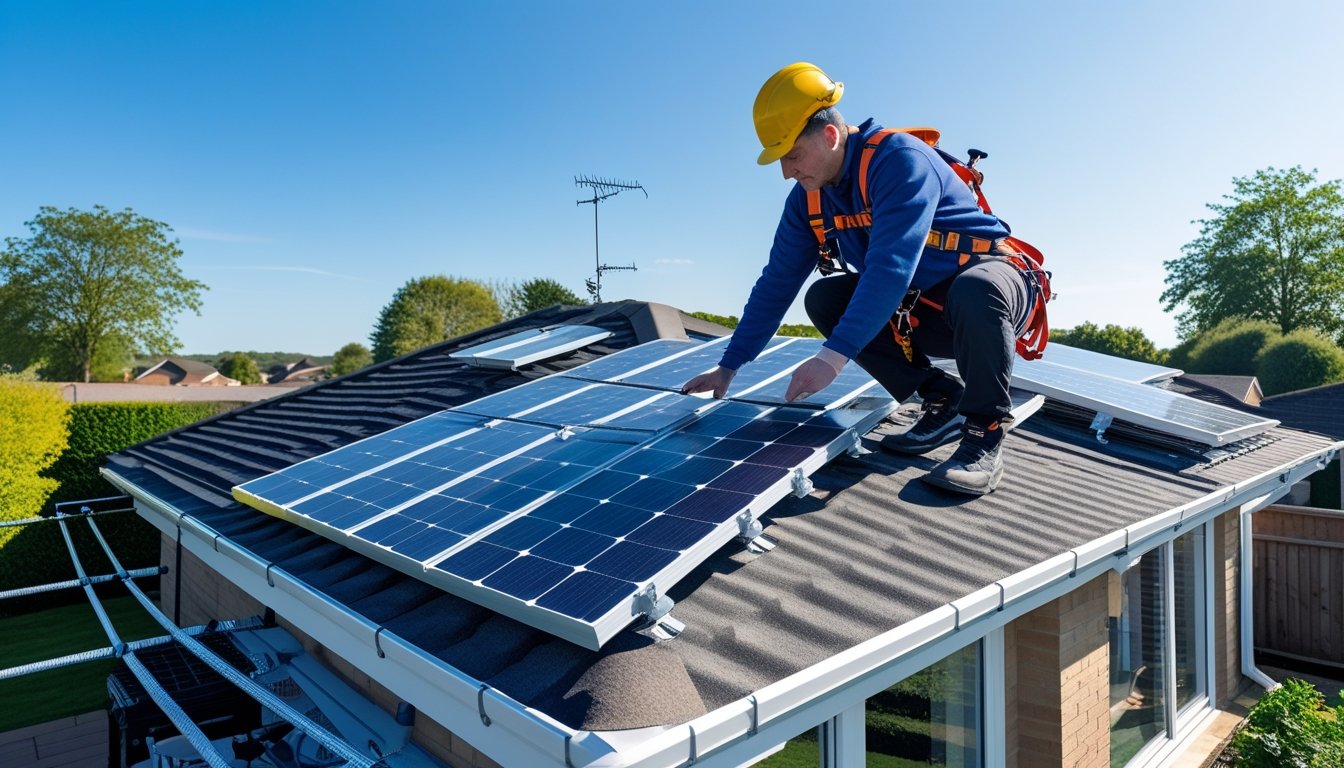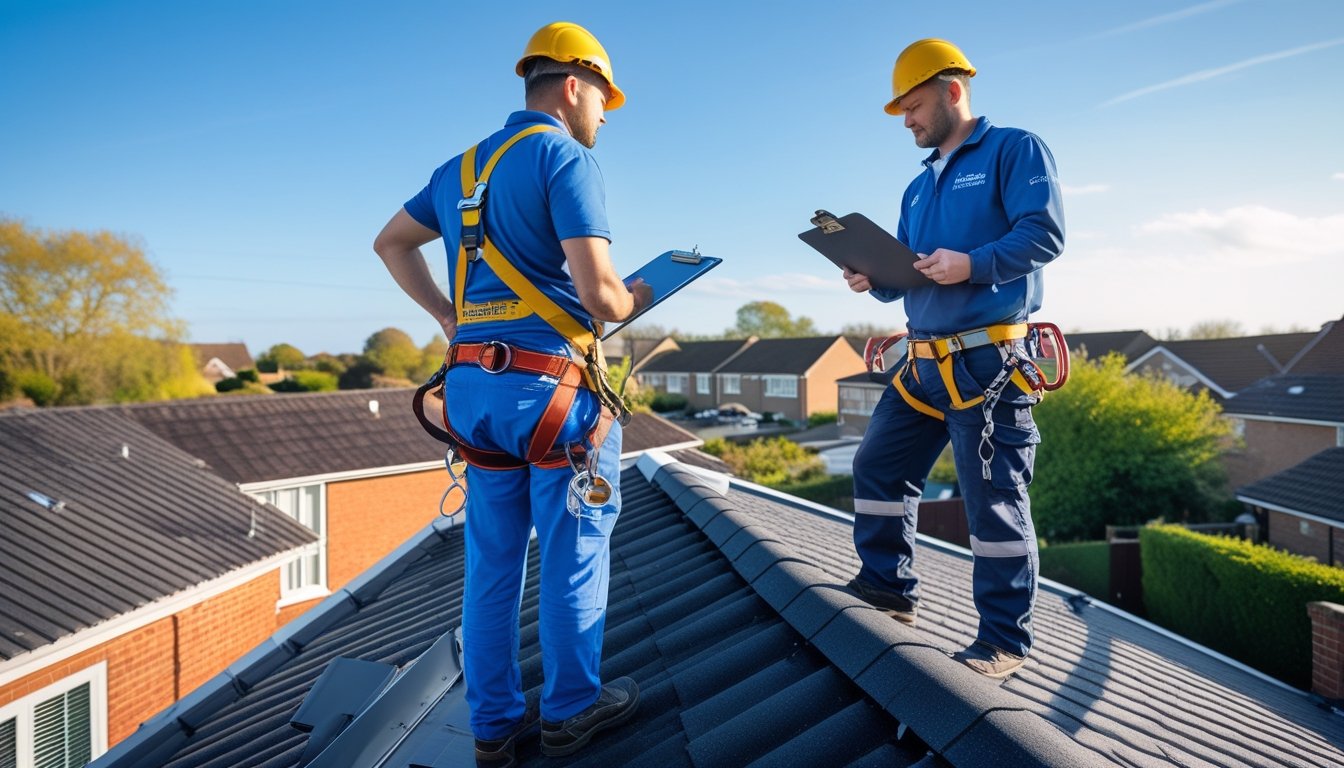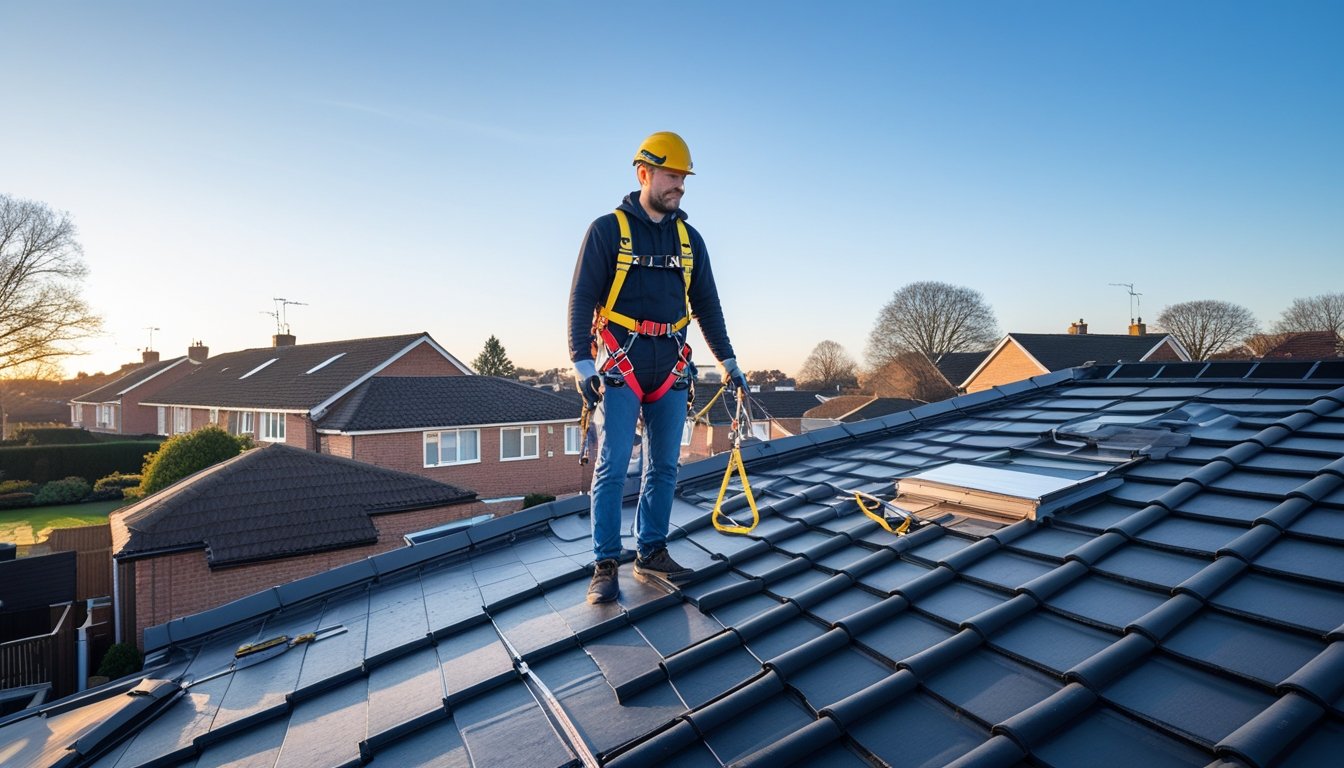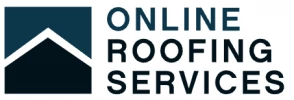Late updated: 26 Sep 2025 13:09
Written by: Oliver Bennett
Innovative Roof Safety Tips For UK Homeowners: Essential Advice
In today's rapidly evolving world, ensuring the safety and integrity of our homes has become more pressing than ever. As UK homeowners, we are lucky to have access to a myriad of innovative roofing solutions aimed at enhancing safety and longevity. Understanding and implementing modern roof safety tips isn't just beneficial—it's essential to safeguarding your property and ensuring peace of mind.

Our focus now turns to how we can navigate the landscape of roofing safety with confidence and clarity. Whether it's the best practices for routine maintenance or the integration of innovative materials and technologies, the right approach can make all the difference. With expert advice and proactive measures, UK homeowners can protect their homes and those who tend to them.
Key Takeaways
- Innovative roof safety tips enhance property protection.
- Routine maintenance and expert solutions are crucial.
- Practical advice ensures peace of mind for homeowners.
Fundamental Roof Safety Strategies for UK Homeowners
Ensuring safety while maintaining or repairing a roof is paramount. It's crucial for homeowners to be aware of common hazards, utilise proper safety equipment, and adjust practices according to weather conditions.
Understanding Common Roof Risks and Hazards
Roofs present a variety of risks that homeowners should be aware of. Falls are the most prevalent danger, often occurring due to slippery surfaces or unguarded edges. Fragile areas like skylights or loosely attached tiles also pose a threat. It's important to recognise the potential hazards posed by falling debris, such as tools or roofing materials. Understanding these risks helps us implement strategies to prevent accidents and ensure the safety of everyone involved.
Essential Roof Safety Equipment and Proper Usage
Using the correct safety equipment is non-negotiable for effective roof safety. Personal protective equipment (PPE) like hard hats, safety glasses, and gloves guard against physical injury. Installing fall protection systems such as harnesses and guardrails is key to preventing falls. The United Kingdom's Health and Safety Executive underscores the importance of these measures. Proper training in the use of this equipment is essential, ensuring we effectively minimise danger and maintain a safe working environment.
Weather Considerations and Seasonal Safety Precautions
Weather plays a significant role in roof safety. Rain, snow, and ice can create slippery conditions, increasing the risk of accidents. During winter, extreme weather calls for additional precautions like heated gloves and sturdy, slip-resistant boots. In contrast, during the summer, taking steps to prevent heat exhaustion is critical. We must always consult weather forecasts prior to starting roof work and be ready to postpone activities if conditions are unfavourable. Being proactive with seasonal precautions bolsters safety and helps to prevent accidents.
Proactive Maintenance and Expert Support

It's vital for UK homeowners to incorporate proactive maintenance procedures to safeguard their roofs. Ensuring regular inspections and understanding when to engage professionals help in maintaining the structural integrity and safety of our homes.
Regular Roof Maintenance and Inspection Routines
Regular upkeep is crucial to prolonging the life of any roof. Homeowners should have a schedule for inspections and cleanings. Regular inspections allow for the early detection of issues such as leaks or damaged tiles, which can prevent more costly repairs in the future. Simple maintenance tasks, like cleaning gutters and checking for standing water, can also make a significant difference. Seasonal inspections can help identify problems caused by weather changes, guiding us in taking timely and appropriate actions.
Knowing When to Hire a Professional Roofing Contractor
There are times when issues surpass our DIY abilities. It's essential to recognise when expert intervention is needed to prevent further damage. Severe weather, visible structural damage, or water ingress are signals to call in professionals. Roofing contractors bring specialised tools and knowledge, making them indispensable when substantial repair or replacement is required. Consulting an expert can save time and offer peace of mind, ensuring that our roof receives the best possible care.
Selecting Qualified Roofers and Ensuring Compliance
Selecting the best contractor involves more than just a choice; it requires careful verification of a roofer's qualifications and compliance with regulatory standards. Consulting resources like the Health and Safety Executive can guide us in hiring those who comply with safety regulations. Checking for qualifications, certifications, and references is essential in making an informed decision. Proper vetting ensures that we engage competent professionals who will adhere to legal and quality standards, protecting our investment and ensuring long-lasting results.
Frequently Asked Questions

Addressing roof safety in domestic settings revolves around understanding advanced safety equipment, adhering to UK regulations, maintaining safety features, ensuring safe roof access, and the benefits of professional assessments. We will also delve into recommended non-slip materials for rooftop surfaces.
What are the latest advancements in roof safety equipment for domestic properties?
Innovative harness systems, lightweight helmets, and portable guardrails represent the latest in roof safety gear. These advancements enhance security and comfort for those working at height, providing the necessary protection without significant bulk or hindrance.
How can homeowners ensure compliance with the UK's Health and Safety regulations for roofing work?
Understanding and applying the Construction (Design and Management) Regulations 2015 is essential. Our compliance can be ensured by conducting risk assessments, using certified safety equipment, and hiring accredited contractors with the necessary training and credentials.
What steps should be taken to properly maintain safety features on residential roofs?
Regular inspections are crucial. We recommend examining safety anchors, ladders, and walkways for wear and tear. Immediate repairs or replacements prevent risks. Keeping a maintenance log helps in tracking the upkeep of safety elements effectively.
What are the best practices for safe rooftop access for maintenance and repair tasks?
Installing permanent access fixtures like ladders or staircases ensures secure entry to rooftop areas. It's also crucial to use personal protective equipment and follow a predefined safety protocol, especially during adverse weather conditions, to prevent accidents.
Could you highlight the importance of professional roof safety assessments for UK homes?
Professional assessments provide a thorough review of potential hazards and compliance with safety standards. Experts identify weak spots and offer solutions that may go unnoticed by homeowners, ultimately safeguarding both the property and those who access the roof.
What are the most effective non-slip materials recommended for rooftop surfaces?
Materials like textured rubber tiles and specially designed composite panels reduce slip risks. These materials enhance grip under various weather conditions, making them suitable for the UK's unpredictable climate. Selection should focus on quality and durability for lasting effectiveness.
